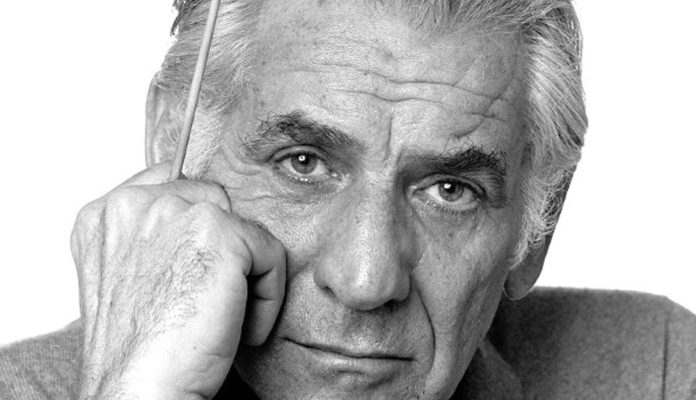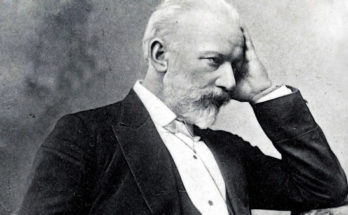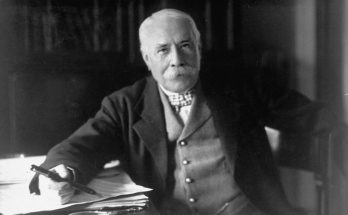 Leonard Bernstein, (born August 25, 1918, Lawrence, Massachusetts, U.S.—died October 14, 1990, New York, New York), American conductor, composer, and pianist noted for his accomplishments in both classical and popular music, for his flamboyant conducting style, and for his pedagogic flair, especially in concerts for young people.
Leonard Bernstein, (born August 25, 1918, Lawrence, Massachusetts, U.S.—died October 14, 1990, New York, New York), American conductor, composer, and pianist noted for his accomplishments in both classical and popular music, for his flamboyant conducting style, and for his pedagogic flair, especially in concerts for young people.
Leonard Bernstein was born Louis Bernstein in Lawrence, Massachusetts, on August 25, 1918, to Russian-Jewish immigrants. A shy and sickly child, Louis Bernstein fell in love with music after a relative gave his family an old, weathered upright piano. He began taking piano lessons and changed his name to Leonard at the age of sixteen.
The family soon moved to Boston, Massachusetts, where Leonard studied at Boston Latin School. He excelled in academics and graduated in 1935. From there Bernstein went on to Harvard University, where he studied business. Although he had taken piano lessons from the age of ten and engaged in musical activities at college, his musical training began in 1939 at the Curtis Institute. The following summer, at the Berkshire Music Festival, he met Serge Koussevitsky, who was to be his chief mentor (teacher) during his early years.

On November 14, 1943, Bernstein was called at 9 am. The symphony’s guest conductor, the very prestigious Bruno Walter, had fallen ill. Rodzinski—able but generous—ordered Bernstein to step up and conduct that afternoon’s concert. Step up he did. The young conductor amazed his crowd and his players. Ecstatic applause implored The New York Times to publish a front-page article about his performance. Overnight, Bernstein became a respected conductor, one who would lead the Philharmonic 11 times by the end of the season.
From 1945 to 1947, he conducted the New York City Center orchestra and appeared as a guest conductor across the United States, Europe, and Israel. Despite his great talents, rumors about his sexuality became rampant. His mentor Mitropoulos advised him to marry, believing that doing so would quash the speculations and secure his career. In 1951, Bernstein married the Chilean actress Felicia Cohn Montealegre. Although friends and colleagues always said Bernstein loved his wife, with whom he had three children, he continued to engage in extramarital liaisons with young men. In that same year, he wrote the musical Trouble in Tahiti (1951), a 45-minute two-character chamber piece about a bored, upper-middle-class couple.
Leonard’s musical life continued to blossom, taking him on several international tours during the 1950s. In 1952, he founded the Creative Arts Festival at Brandeis University. He also found a love for teaching. The television shows “Omnibus” and “Young People’s Concerts” allowed him to speak to a whole new audience of music lovers. Always a fan of both classical and pop music, Bernstein wrote his first operetta, Candide in 1956. His second work for the stage was a collaboration with Jerome Robbins, Arthur Laurents and Stephen Sondheim, the beloved musical West Side Story. When it opened, the show garnered unanimous rave reviews, matched only by its movie version released in 1961.

Bernstein announced his retirement from conducting on October 9, 1990,and died at his apartment at The Dakota of a heart attack five days later, brought on by mesothelioma. He was 72 years old. A longtime heavy smoker, he had emphysema from his mid-50s. On the day of his funeral procession through the streets of Manhattan, construction workers removed their hats and waved, calling out “Goodbye, Lenny.” Bernstein is buried in Green-Wood Cemetery, Brooklyn, New York, next to his wife and with a copy of Mahler’s Fifth Symphony lying across his heart. On August 25, 2018 (his 100th birthday), he was honored with a Google Doodle.




